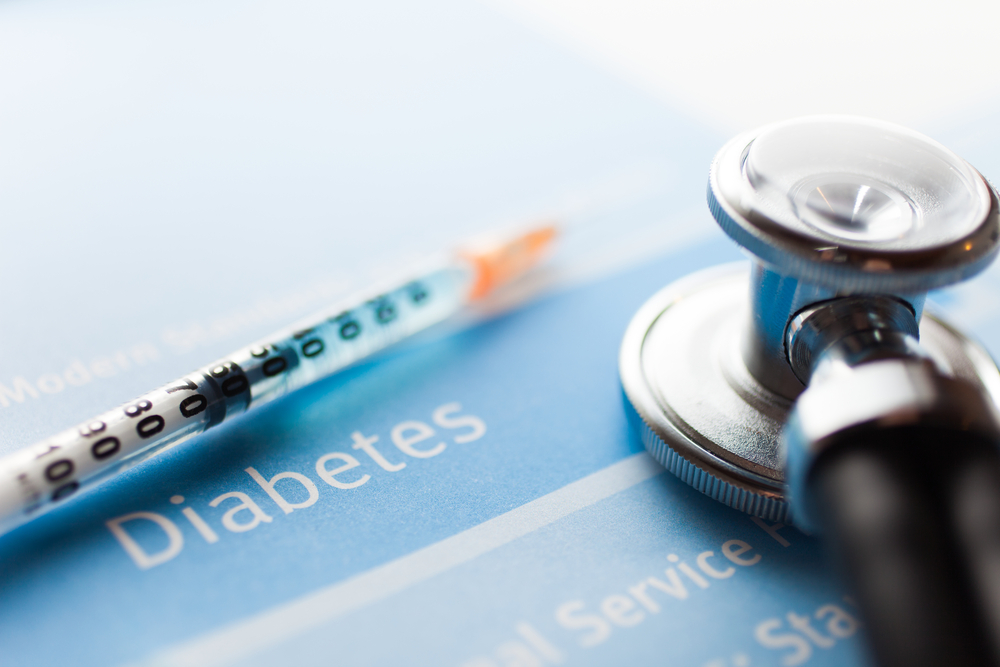November is Diabetes Awareness Month. We are joined this year by Lightbeam Clinical Transformation Advisor Christine DiNoia, BSN, RN on the Population Health Management Podcast and The Beacon to discuss this important topic and the subject of prediabetes. We were fortunate to not only have her with us but also a special guest. Constantine is a 55-year-old male patient diagnosed with prediabetes two years ago. With his provider and case manager’s help, he changed his diet and transformed his life for the better and is no longer at high-risk for developing type 2 diabetes. He is sharing how he accomplished this incredible life change that will hopefully inspire listeners and readers to take hold of their health before taking on the lifelong demands of diabetes management.
Christine, for someone who has limited knowledge, can you define diabetes and prediabetes and how they differ?
Absolutely. Diabetes mellitus refers to a group of diseases that affect how a person’s body uses blood sugar, or glucose. Glucose is vital to a person’s health because it is an essential energy source for the cells that make up muscles and tissues. It is also the brain’s primary source of fuel. The underlying cause of diabetes varies by type, but no matter what kind of diabetes a person has, it can lead to excess sugar in the blood, and too much sugar can create serious health issues.
There are four types of diabetes: type 1 (or juvenile diabetes), type 2 (or adult-onset diabetes), gestational diabetes, and prediabetes. Diabetes that is considered chronic includes type 1 and type 2 diabetes, while potentially reversible conditions are prediabetes and gestational diabetes. Prediabetes occurs when a person’s blood sugar levels are higher than normal but not high enough to classify as diabetes. Often, this state is the precursor of diabetes unless appropriate measures are taken to prevent progression. Gestational diabetes occurs during a woman’s pregnancy and often resolves after the baby is delivered. Prediabetes is incredibly high in the United States; to put things in perspective, according to the American Diabetes Association, 34.5% of the adult population has prediabetes, while 10.5% has diabetes.
Constantine, can you tell us a little about your experience with prediabetes?
When I was diagnosed with prediabetes, it was undoubtedly a wake-up call, as cliché as that sounds. I knew that I had to change right away, which started with reforming my eating habits and exercise routine. I was fortunate to have the incredible support of my provider and a case manager to help me manage my progress and start me on the right track. I made a plan and found a glucometer that made it easy to track my levels—it connects to my cell phone and stores my glucose information to send weekly readings to my doctor. The glucometer I use also allows me to see the variants in blood sugar levels since I began my journey to show how far I have come. Personally, I feel this tool has been highly effective because it is so motivating; my determination and competitive nature took over, and I had a genuine desire to improve. The right tools and the right support were essential to my success. I lost weight, and my energy levels expanded tremendously. It was transformative, and I am still going strong.
Christine, what can Lightbeam clients do to identify populations with prediabetes and manage costs? Can Lightbeam also identify social determinants of health (SDOH) barriers?
The Lightbeam platform allows us to identify and target care for prediabetes patients by determining who has not had an AWV, who does not have a primary care provider, and who does not flag as a high utilizer to create the perfect subset for targeted campaigns on regular care. The American Diabetes Association shared the staggering statistic that American patients with diabetes have 2.3 times higher healthcare costs; we can identify a group of high-risk diabetics and help pinpoint what is driving their high costs using clinical, financial, and utilization data. We can also see any care coordination done for them and build actionable items into the care management workflow. As for identifying SDOH, the Lightbeam platform has the nationally recognized Protocol for Responding to and Assessing Patients’ Assets, Risks, and Experiences (PRAPARE) assessment from the National Association of Community Health Centers (NACHC) built in that links to Aunt Bertha (now Findhelp.org). This network identifies the social services available in a specific geographic area, including aid for food, housing, goods, transportation, and other necessities.
For more information on diabetes and prediabetes management and prevention, visit the below resources and follow Christine on LinkedIn.

Laurel Derr is Lightbeam’s Marketing and Event Coordinator.
